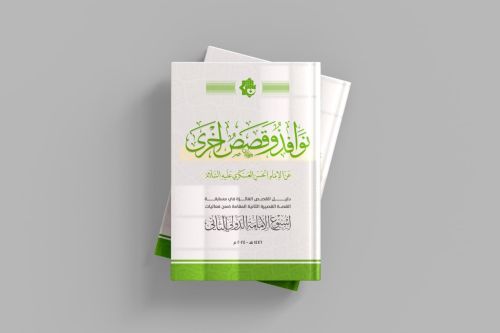

النبات

مواضيع عامة في علم النبات

الجذور - السيقان - الأوراق

النباتات الوعائية واللاوعائية

البذور (مغطاة البذور - عاريات البذور)

الطحالب

النباتات الطبية


الحيوان

مواضيع عامة في علم الحيوان

علم التشريح

التنوع الإحيائي

البايلوجيا الخلوية


الأحياء المجهرية

البكتيريا

الفطريات

الطفيليات

الفايروسات


علم الأمراض

الاورام

الامراض الوراثية

الامراض المناعية

الامراض المدارية

اضطرابات الدورة الدموية

مواضيع عامة في علم الامراض

الحشرات


التقانة الإحيائية

مواضيع عامة في التقانة الإحيائية


التقنية الحيوية المكروبية

التقنية الحيوية والميكروبات

الفعاليات الحيوية

وراثة الاحياء المجهرية

تصنيف الاحياء المجهرية

الاحياء المجهرية في الطبيعة

أيض الاجهاد

التقنية الحيوية والبيئة

التقنية الحيوية والطب

التقنية الحيوية والزراعة

التقنية الحيوية والصناعة

التقنية الحيوية والطاقة

البحار والطحالب الصغيرة

عزل البروتين

هندسة الجينات


التقنية الحياتية النانوية

مفاهيم التقنية الحيوية النانوية

التراكيب النانوية والمجاهر المستخدمة في رؤيتها

تصنيع وتخليق المواد النانوية

تطبيقات التقنية النانوية والحيوية النانوية

الرقائق والمتحسسات الحيوية

المصفوفات المجهرية وحاسوب الدنا

اللقاحات

البيئة والتلوث


علم الأجنة

اعضاء التكاثر وتشكل الاعراس

الاخصاب

التشطر

العصيبة وتشكل الجسيدات

تشكل اللواحق الجنينية

تكون المعيدة وظهور الطبقات الجنينية

مقدمة لعلم الاجنة


الأحياء الجزيئي

مواضيع عامة في الاحياء الجزيئي


علم وظائف الأعضاء


الغدد

مواضيع عامة في الغدد

الغدد الصم و هرموناتها

الجسم تحت السريري

الغدة النخامية

الغدة الكظرية

الغدة التناسلية

الغدة الدرقية والجار الدرقية

الغدة البنكرياسية

الغدة الصنوبرية

مواضيع عامة في علم وظائف الاعضاء

الخلية الحيوانية

الجهاز العصبي

أعضاء الحس

الجهاز العضلي

السوائل الجسمية

الجهاز الدوري والليمف

الجهاز التنفسي

الجهاز الهضمي

الجهاز البولي


المضادات الحيوية

مواضيع عامة في المضادات الحيوية

مضادات البكتيريا

مضادات الفطريات

مضادات الطفيليات

مضادات الفايروسات

علم الخلية

الوراثة

الأحياء العامة

المناعة

التحليلات المرضية

الكيمياء الحيوية

مواضيع متنوعة أخرى

الانزيمات
Kidney transplantation
المؤلف:
James Carton
المصدر:
Oxford Handbook of Clinical Pathology 2024
الجزء والصفحة:
3rd edition , p244-246
2025-03-25
530
Introduction
• Kidney transplantation is the treatment of choice for most patients with end- stage kidney failure. It offers decreased morbidity and mortality, and improved quality of life, compared to other renal replacement therapies (various types of dialysis).
• Although improved tissue matching (predominantly of blood group type and of HLA antigens) and improved immunosuppressive drugs have led to longer kidney transplant survival, kidney transplants have a limited life span, due to a number of factors, the most important being alloimmune rejection, where the host immune system mounts an immune response against mismatched antigens in the donated organ.
• Other causes of loss of graft function are mostly related to complications of immunosuppression to prevent rejection: drug toxicity (e.g. calcineurin inhibitors have direct renal toxicity); infection (pyelonephritis; BK nephropathy); cardiovascular disease (transplant renal artery stenosis; ischaemia due to hypoperfusion).
• The cause of the initial failure of renal function can recur in the transplant (e.g. recurrent FSGS or GN).
• Disease can also be inherited from the donor (e.g. vascular disease, especially from older donors).
Presentation
• Transplant function is monitored regularly through serum creatinine and proteinuria.
• Transplant patients are also monitored for the development of antibodies against the donor antigens as these are associated with a poor outcome, especially if they lead to antibody- mediated rejection.
• When a transplant patient presents with increased creatinine, new or worsening proteinuria or a new antibody against the donor antigens, an indication biopsy is taken.
• In some centres, ‘protocol’ or ‘surveillance’ biopsies are also taken, to monitor for subclinical disease.
Histopathology
• An important consideration in a transplant biopsy is whether there is evidence of rejection or not. Two main types of rejection are recognized: T- cell- mediated rejection and antibody- mediated rejection.
• The histological findings in transplant biopsies are documented using an internationally agreed classification system: The Banff Classification for Allograft Pathology.
• T- cell- mediated rejection is due to a cognate T- cell response against mismatched donor antigens, leading to a tubulointerstitial infiltrate of T- cells and monocytes. The light microscopy appearances are very similar to those of active tubulointerstitial nephritis, with a predominantly monocytic interstitial infiltrate and tubulitis (Fig. 1). In some cases the inflammation also involves the arteries, in the form of intimal arteritis (Fig. 2).
Fig1. T- cell- mediated rejection is characterized by a chronic inflammatory infiltrate (predominantly T lymphocytes and monocytes) in the interstitium, with tubulitis (see Plate 29).
Fig2. In both T- cell- mediated rejection and antibody- mediated rejection, endarteritis can be seen. This is characterized by inflammatory cells beneath the endothelium, within the intima (arrow) (see Plate 30).
• Antibody- mediated rejection is characterized by fixation of antibodies to donor antigens on the surface of the endothelium, leading to inflammation in the capillaries of the glomeruli and peritubular capillaries, with or without activation of the complement system with deposition of complement fragment C4d on the endothelial cell surface. In some cases of antibody- mediated rejection, the large vessels are also involved, with intimal arteritis (Fig.2). In the long term, the endothelial activation that ensues leads to deposition of new matrix, in the form of double contours of basement membrane along capillary walls (Fig. 3).
Fig3. In chronic active antibody- mediated rejection, a ‘transplant glomerulopathy’ develops in response to fixation of an antibody against donor HLA antigens on the endothelium: there is endocapillary hypercellularity (star) and double contours along capillary wall (two parallel lines instead of one, arrow) (see Plate 31).
• Infection in the graft can take the form of a bacterial neutrophilic pyelonephritis; or can be related to viral infection. In BK nephropathy there is chronic tubulointerstitial inflammation resembling T- cell- mediated rejection, but viral inclusions are noted, either on light microscopy, and/ or with the help of immunohistochemistry for SV40 large T antigen (expressed by several members of the polyoma virus family, including BK virus).
• If signs of calcineurin inhibitor (CNI) toxicity are noted, CNI levels can be reduced (if no rejection is noted). In the acute phase CNI toxicity is associated with acute tubular injury with fine vacuolation of the tubular epithelial cells. In the chronic phase, arterioles show hyaline transformation of the vessel wall (hyalinosis).
• Glomeruli should be assessed for recurrent disease, if necessary including immunohistochemical studies and electron microscopy.
 الاكثر قراءة في مواضيع عامة في علم الامراض
الاكثر قراءة في مواضيع عامة في علم الامراض
 اخر الاخبار
اخر الاخبار
اخبار العتبة العباسية المقدسة

الآخبار الصحية















 "المهمة".. إصدار قصصي يوثّق القصص الفائزة في مسابقة فتوى الدفاع المقدسة للقصة القصيرة
"المهمة".. إصدار قصصي يوثّق القصص الفائزة في مسابقة فتوى الدفاع المقدسة للقصة القصيرة (نوافذ).. إصدار أدبي يوثق القصص الفائزة في مسابقة الإمام العسكري (عليه السلام)
(نوافذ).. إصدار أدبي يوثق القصص الفائزة في مسابقة الإمام العسكري (عليه السلام) قسم الشؤون الفكرية يصدر مجموعة قصصية بعنوان (قلوب بلا مأوى)
قسم الشؤون الفكرية يصدر مجموعة قصصية بعنوان (قلوب بلا مأوى)


















